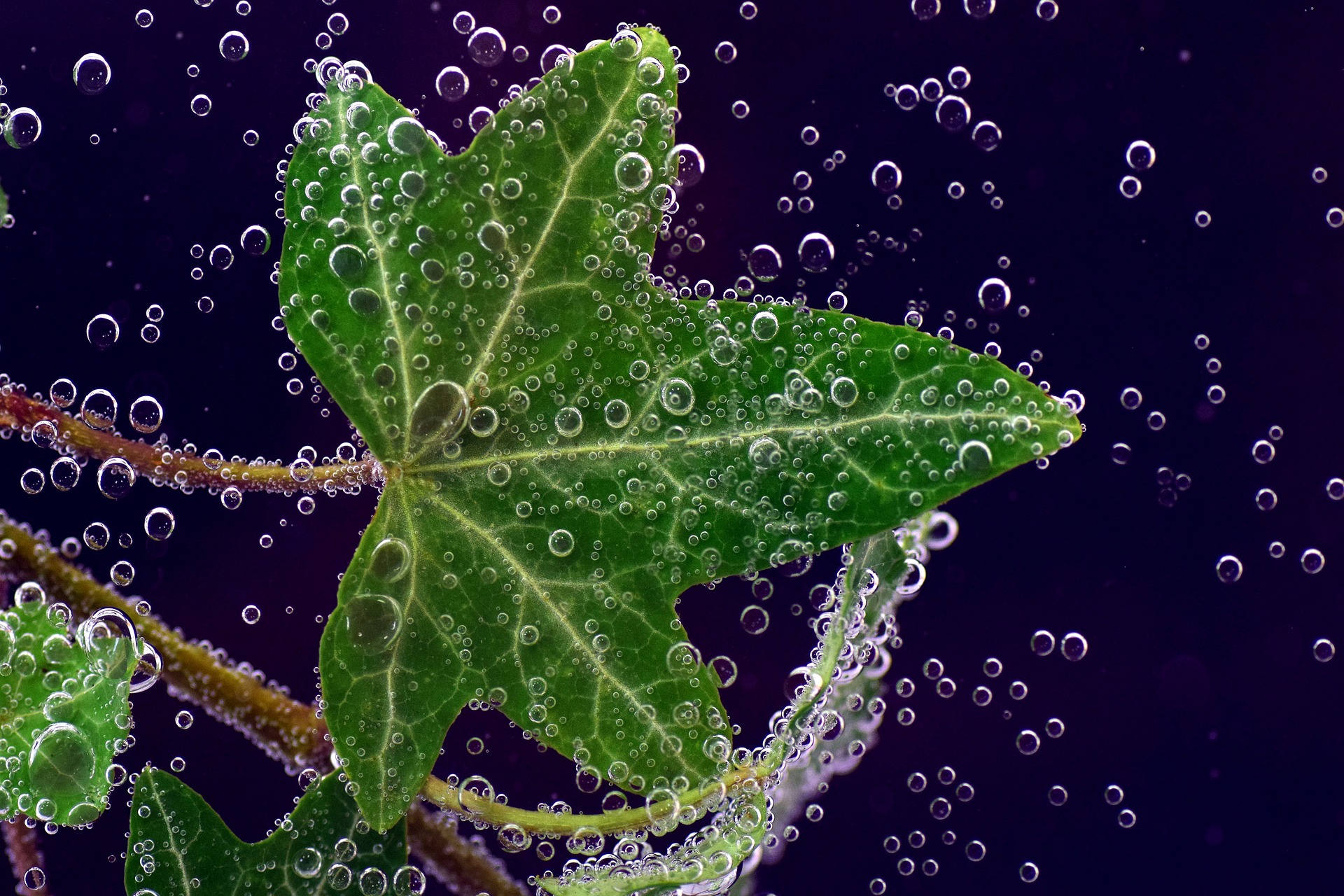A rash from plants is a very common problem. It can be caused by many different plants, and it can affect anyone who’s allergic to certain types of pollen or leaves. Rashes are typically made up of red, raised bumps that may itch or burn. They’re usually easy to identify because they appear in clusters on the skin and often form an outline around the edges of the area they cover. If you suspect that your new shoes are causing you to break out into a rash—or if you just want to make sure there aren’t any hidden allergens within reach—this guide will help you get rid of unwanted plant rashes once and for all!
What does a rash from plants look like?
Rashes from plants can be red and itchy. They can also be painful, blistered and raised bumps or flat.
The most common rash you’ll see with plant allergies is an itchy rash that looks like a red circle on the skin. The color of your skin when you have a plant allergy rash will depend on how much exposure you had to whatever made you allergic in the first place:
- If the reaction is mild, like touching an herbicide-covered weed or petting a cat who’s been rolling around in poison ivy, then your skin will probably turn bright pink where it was exposed to the allergen; if your pet has fleas (which are related to ticks), they might appear as small red bumps all over their skin because of bites that have become infected by scratching all day long; if someone touches their face while trimming hedges without wearing protective gloves, there may be visible white lines where some plants touched them (these lines look like fingerprints).
- For more severe reactions—like breathing in pollen from ragweed during hay fever season—reddening might extend down onto arms and legs; swelling could also occur between fingers due to sweating during exercise which adds moisture into those areas that helps germinate pollen spores; blisters may form under fingernails due to constant scratching at inflamed areas caused by pollen trapped under fingernails after removing gloves after gardening activity has ended for day.”
What plants can cause skin rashes?
Poison oak, poison ivy and poison sumac are three common plants that cause skin rashes.
- Poison oak and poison ivy are closely related and can cause a rash in people who come in contact with them.
- Poison sumac looks similar to both of these plants, but it’s actually in a different family (the Anacardiaceae family) than the others.
How do I identify my rash?
The symptoms of a plant allergy can vary from person to person, but you may experience:
- Redness
- Itching
- Flaking or blistering skin
- Swelling
- Pain and discomfort in the affected area (typically the throat or mouth) that worsens with swallowing, speaking, or drinking water. Other symptoms include: hives (a type of rash), rashes, fever, lack of energy and nausea. If you’re experiencing difficulty breathing or notice any swelling around your lymph nodes then seek medical help immediately.
Can rashes from plants spread?
- Yes. Rashes from plants can spread to other parts of the body, including the eyes and mouth.
- Yes. Rashes from plants can spread to other people if they touch or are in contact with each other while they are touching the plant that causes a rash in one person.
- No! You cannot get a rash from your own plant (if it is causing you to have a rash). It only spreads when you come into contact with someone else’s plant that causes rashes on them and then touches your skin where it causes a reaction as well!
Conclusion
It’s important to know if you have a plant allergy, because it can be dangerous. With these tips and tricks, you’ll be able to identify an allergic reaction and treat it quickly so that you don’t suffer any long-term damage from exposure.Check here- https://poisonoakandivy.com/
